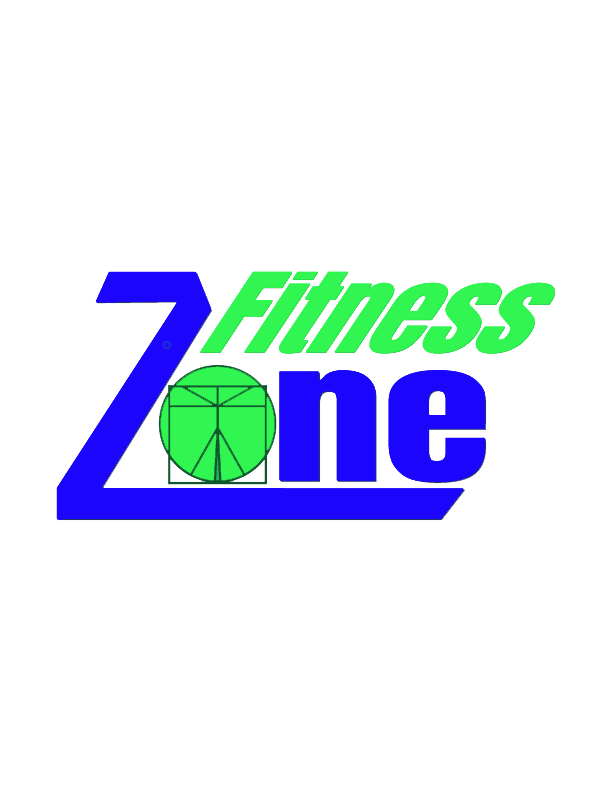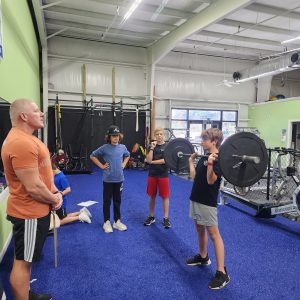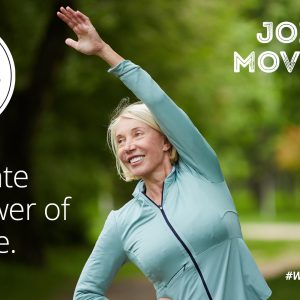Preventing Injuries in the Gym
Gym-related injuries and strains can occur among people of all fitness levels. Whether you are brand new to exercising or are a frequent flyer at the gym, understanding how to properly work out is essential for injury prevention.
If you’re new to a gym workout or have never worked out before, we recommend getting a session or two with a reputable trainer to walk you through the machines and inform you of what not to do.
A trainer can assist those who are just starting to work out by teaching the correct form and how to prevent injuries. Even one session can be beneficial.
Stretch
While stretching is crucial before and after a workout, there are key differences between your stretch routine before and after exercising. Dynamic stretching before a workout will warm up and loosen up the muscles. Dynamic stretches such as air squats, jumping jacks and lunges will get the blood flowing and muscles moving to prepare for a workout, such as heavy loaded squats.
After your workout is complete, to decrease pressure on the joints, passive stretching is employed to elongate the muscles and to help with relaxation. An example of a passive stretch is lying down on your back with a strap around your foot and pulling your leg up as close to 90 degrees as possible with the knee straight – you will feel a stretch in the back of your thigh (your hamstring). Passive stretching before a workout can lead to injury.
Cool down
Cool down after a workout to let your heart rate calm. If you do interval workouts with a treadmill or stationary bike, cool down by shifting your run to a walk on the treadmill or cycle at a slower pace for about five minutes. Continue with passive stretching at the end of the workout.
Preventative care
A tree analogy for people who are starting to lift weights works great to understanding the importance of preventative care by comparing the human body to a tree. Trees need a strong trunk to grow nice, stable branches just like people need a strong core for lifting heavy weights for arms and legs. Beginners should spend two to four weeks developing a strong core, working the abdominals, glutes and back muscles, before incorporating other lifting exercises in their routine.
Moving up in weight
If you do about 15 repetitions in a weightlifting workout and continue repping with ease, it might be time to increase weight. If you load 50 pounds in a leg press for 15 to 20 reps and can keep going, increase it to 60 pounds. If you can only do about four reps, move it back to the 50 pounds to complete your reps, then rest and start over again. As you get strong, you will be able to move up and keep it at 60 pounds through 15 reps.
Injuries
If you strain a muscle at the gym, stop your workout and put ice on the injury for 15 to 20 minutes. You can ice it throughout the day if you feel sore, then apply a compression sleeve to keep it warm. Visit a physical therapist if you still feel pain after two or three days.
Get educated and get worked on if you need it. You may only need one visit, but a physical therapist can educate you on stretches, proper foam rolling technique and safe exercises to do at the gym.
Powering through the pain
As you get older, arthritis and other conditions may bring discomfort in certain workouts, but as the joints get lubricated, you might feel better. If you feel pain on the first three reps, keep going until you hit the 10th rep. If the pain subsides, the joint just needed lubrication and you can keep exercising. If the pain feels the same or worse by the 10th rep, consult with a physical therapist.
We would never say to power through a sudden pain in a workout.
Compression sleeves
Compression sleeves and wraps provide compression and stability to muscles and joints, keeping them warm during a workout. These are beneficial if you need extra stability or have weakness in the muscles, as well as if you’re recovering from an injury.
We do recommend compression sleeves when you’re recovering, but don’t rely on them forever. Use them at first to get stable and back to normal, then get rid of it.




